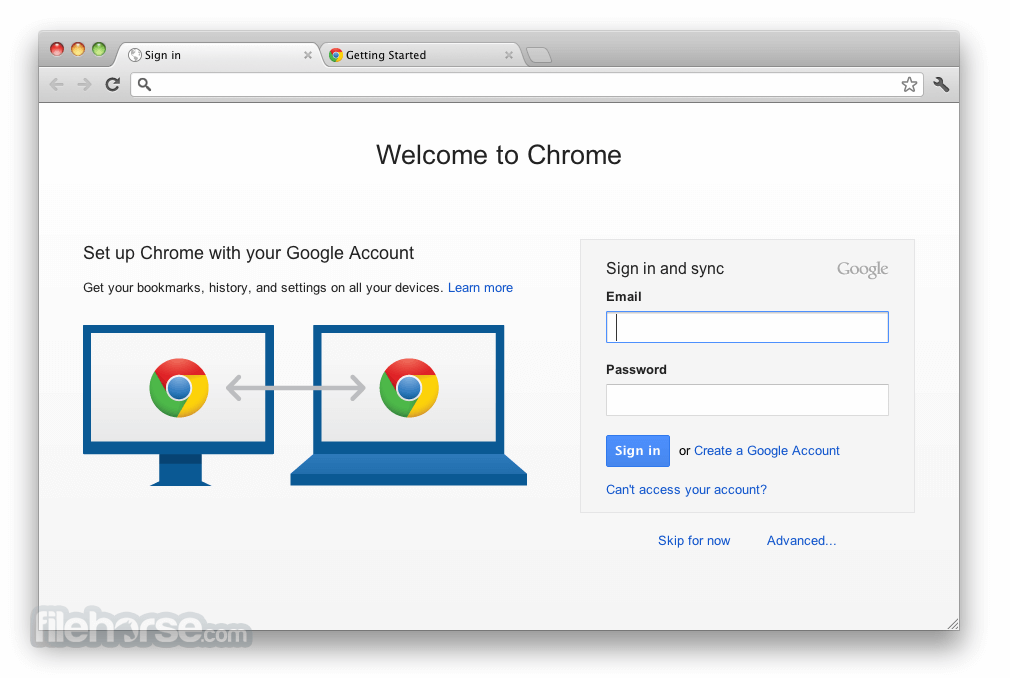

- #Google chrome app for mac mac os x
- #Google chrome app for mac android
- #Google chrome app for mac windows
Therefore, it's desirable for Chrome to have a separate user data directory when running inside a Chrome Remote Desktop (CRD) virtual session on a Linux host.īy default, CRD achieves this by setting $CHROME_USER_DATA_DIR in the session.
#Google chrome app for mac windows
Chrome Remote Desktop sessions (Linux)Ī single Chrome instance cannot show windows on multiple X displays, and two running Chrome instances cannot share the same user data directory. The -user-data-dir flag takes precedence if both are present. On Linux, the user data directory can also be overridden with the $CHROME_USER_DATA_DIR environment variable.

#Google chrome app for mac android
The default location is: /home/chronos Android Note that $XDG_CONFIG_HOME affects all applications conforming to the XDG Base Directory Spec, while $CHROME_CONFIG_HOME is specific to Chrome and Chromium. The ~/.config portion of the default location can be overridden by $CHROME_CONFIG_HOME (since M61) or by $XDG_CONFIG_HOME. (The beta and dev channel suffixes are determined from $CHROME_VERSION_EXTRA, which is passed by the launch wrapper script.) (The canary channel suffix is determined using the CrProductDirName key in the browser app's ist.) Linux ~/Library/Application Support/Chromium.~/Library/Application Support/Google/Chrome Canary.~/Library/Application Support/Google/Chrome Beta.The default location is in the Application Support folder:
#Google chrome app for mac mac os x
(The canary channel suffix is determined using InstallConstants::install_suffix.) Mac OS X



 0 kommentar(er)
0 kommentar(er)
